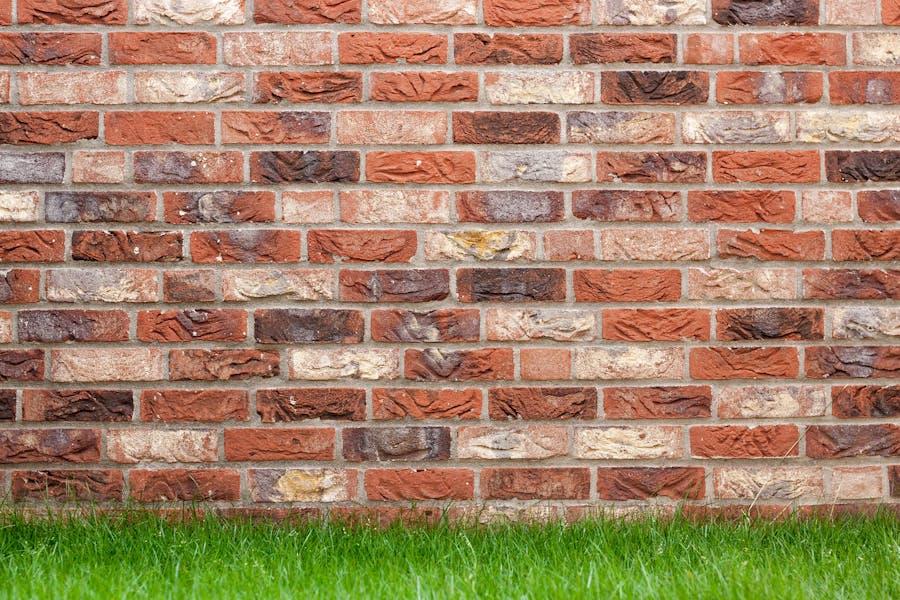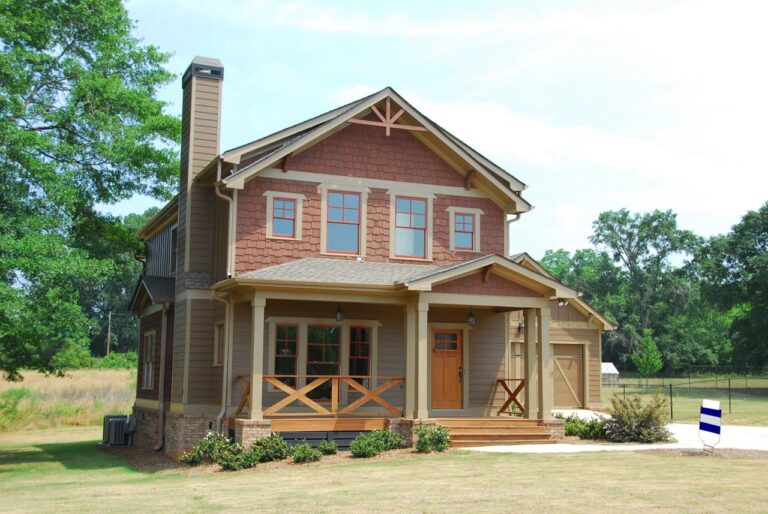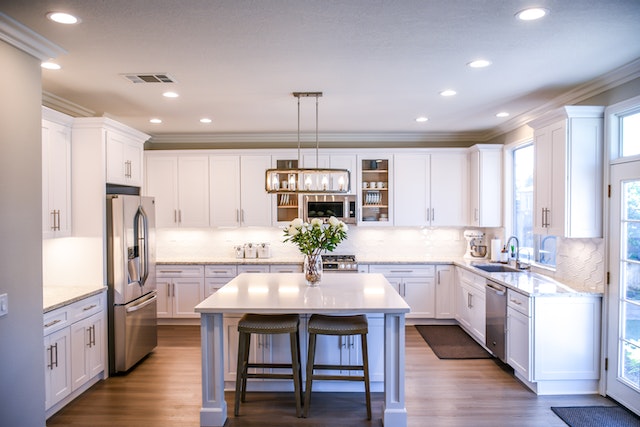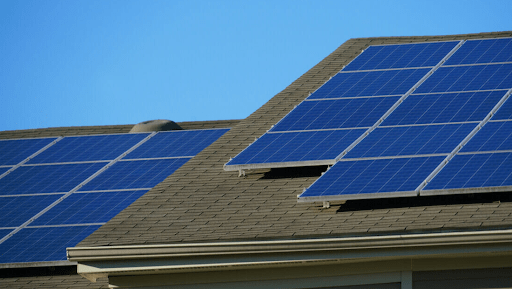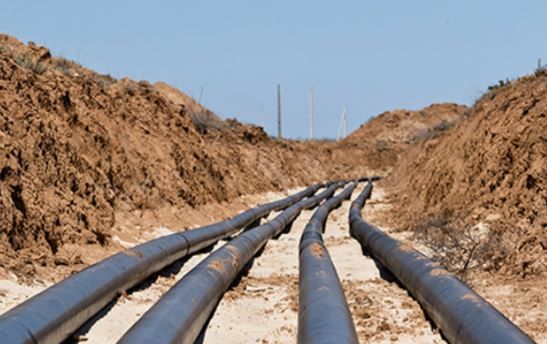Introduction to Masonry Waterproofing
The integrity of masonry structures has been witnessed throughout centuries, offering a timeless testament to their durability and resilience. However, these steadfast monuments succumb to water’s relentless nature without proper protection.
Masonry waterproofing is a defensive tactic and a strategic approach to preserving buildings’ longevity, beauty, and functionality.
Employing a waterproof barrier prevents the permeation of moisture, which can silently erode the very foundations of construction, leading to costly repairs and safety hazards.
The focus on high-quality waterproofing is a safeguard, preserving the appearance and structural soundness for posterity.
The Science Behind Waterproofing Materials
Recognizing the essential role of waterproofing from the ground up, constructing with longevity in mind entails selecting a proficient masonry waterproofing contractor.
These experts underpin any successful construction strategy by ensuring a building can repel water efficiently and effectively. Waterproofing materials are an amalgamation of science and innovation, crafted to create the most effective defense against water infiltration.
At the heart of these materials are polymers and elastomers, designed to expand and contract with the masonry they protect, preserving the waterproof seal despite the shifting environment.
Research in material sciences continues to reveal cutting-edge technologies that enhance the protective capabilities of waterproofing applications.
Tailored to the unique requirements of various masonry types, these materials are rigorously tested to meet the highest standards of effectiveness and longevity.
Modern waterproofing solutions go beyond mere resistance; they are functional yet conscientious, becoming a tangible representation of the construction industry’s stride toward sustainability.
Developing eco-friendly waterproofing compounds that mitigate environmental impact without compromising quality is a testament to the research and ingenuity invested in this sector.
For an in-depth look at recent innovations, the scientific community offers insights on advancements in waterproofing techniques that blend functionality with ecological mindfulness.
Impact of Water Damage on Masonry Buildings
Water’s pervasive nature can penetrate the robust facade of masonry, leading to many problems that compromise the building’s stability and allure.
The insidious progression of water damage can manifest in the form of unsightly stains, mold growth, and the deterioration of mortar joints.
Crucially, the expansive force of freezing water exacerbates these issues in cold environments, as the freeze-thaw cycle can cause bricks and stones to crack and ultimately fail.
This hazardous condition diminishes a building’s visual appeal and poses a significant risk to its structural soundness.
Waterproofing Methods for Various Masonry Structures
Customized approaches to waterproofing are necessary to accommodate the diversity of masonry structures and their individual needs.
From imposing historical monuments to modern residential facades, the technique must be as unique as the building itself. Sealants are a frequent choice for their ease of application and adaptability, offering a first line of defense against moisture ingress.
In environments prone to sustained water exposure, membrane-based solutions deliver a higher level of protection, acting as an impermeable layer that water cannot penetrate. Carefully selecting waterproofing methods ensures that masonry’s aesthetic and functional qualities are preserved for future generations.
Best Practices for Masonry Waterproofing
It is critical to adhere to industry best practices to achieve the pinnacle of waterproofing efficacy. Commencing with a proactive approach, regular surveys of the masonry can detect early signs of moisture penetration, prompting timely interventions.
Maintenance protocols serve as a safeguard, extending a waterproofing application’s longevity and ensuring continuous protection against the elements.
Discerning building owners recognize that these practices are recommended and non-negotiable in preserving a building’s integrity.
Masonry Waterproofing in Different Climates
Climatic conditions present unique challenges that demand specific waterproofing strategies. Arid regions require materials that can withstand intense UV radiation and thermal stress, while humid zones necessitate waterproofing that combats saturation and airborne moisture.
In areas where freeze-thaw cycles are prevalent, the chosen solutions must be robust enough to counteract the damaging effects of ice crystal formation within the masonry.
Knowledge of these environmental factors and their impact on materials is crucial for erecting waterproofing defenses that endure through the seasons.
Economic Benefits of Investing in Waterproofing
While the upfront costs of high-end waterproofing may give pause, the return on investment is undisputed. Diligent waterproofing mitigates the need for structural repairs, curbing the high costs associated with water damage remediation.
Moreover, buildings known to be well-maintained with reliable waterproofing enjoy an elevated market value, making this an investment that not only protects but potentially pays dividends.
These economic incentives underscore the importance of integrating a comprehensive waterproofing strategy into the construction and maintenance budget.
Sustainability and Eco-Friendly Waterproofing Options
In the quest to balance functionality with ecological responsibility, the waterproofing industry has embraced sustainable practices.
Manufacturing low-VOC, water-based products reduces environmental impact, supports healthier living environments, and still provides resilient protection against water damage.
Green building initiatives increasingly spotlight waterproofing materials derived from sustainable sources, spotlighting the industry’s commitment to an eco-conscious future.
Regulations and Standards in the Waterproofing Industry
Regulatory frameworks guide the waterproofing industry, setting safety, efficiency, and environmental compliance benchmarks.
Builders and contractors must navigate a myriad of codes, each designed to ensure that waterproofing materials and methods protect structures and conform to rigorous safety standards.
These regulations are in place to safeguard the well-being of occupants and ensure that the practices used during application are both ethical and practical.
The Future of Masonry Waterproofing
As industries worldwide pivot toward sustainable practices, the waterproofing sector continues to evolve. Interest in nano-technologies and bio-based materials hints at a future where waterproofing products can self-heal and adapt to environmental changes, minimizing maintenance requirements and environmental impacts.
For a deeper exploration into these emerging trends, consider perusing resources that delve into emerging waterproofing materials that are set to redefine the landscape of construction and maintenance practices.
The invaluable role of masonry waterproofing in preserving building integrity is evident. Property owners can protect their assets from the ravages of water damage by investing in high-quality waterproofing, which has maintained their beauty and usefulness for years.
With an eye on the future and a commitment to sustainability, the industry is poised to meet the challenges of protection and preservation head-on, ensuring that masonry constructions stand tall as icons of human achievement and resilience.

